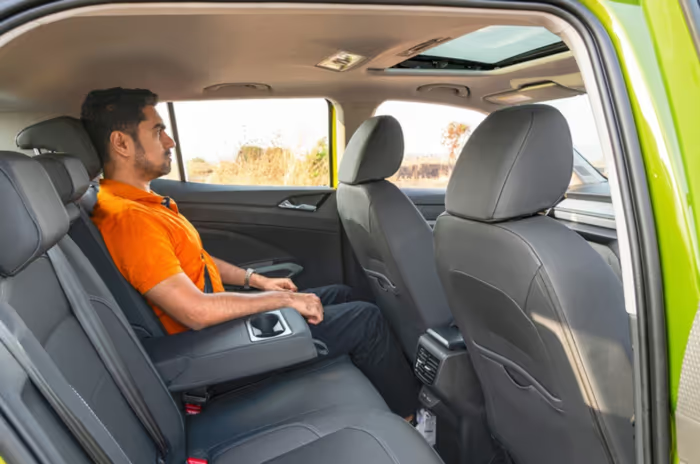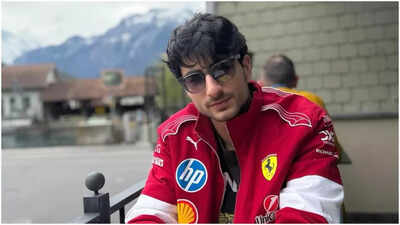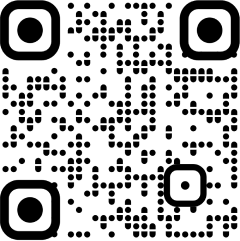Highlights
- Chinese automakers are leading in EV design and tech, forcing global players like Renault to innovate.
- Car design is evolving from surface-level styling to intelligent, holistic user experiences.
- Renault sees India not just as a market, but also a hub for tech talent.
- Electric architecture is liberating automotive design.
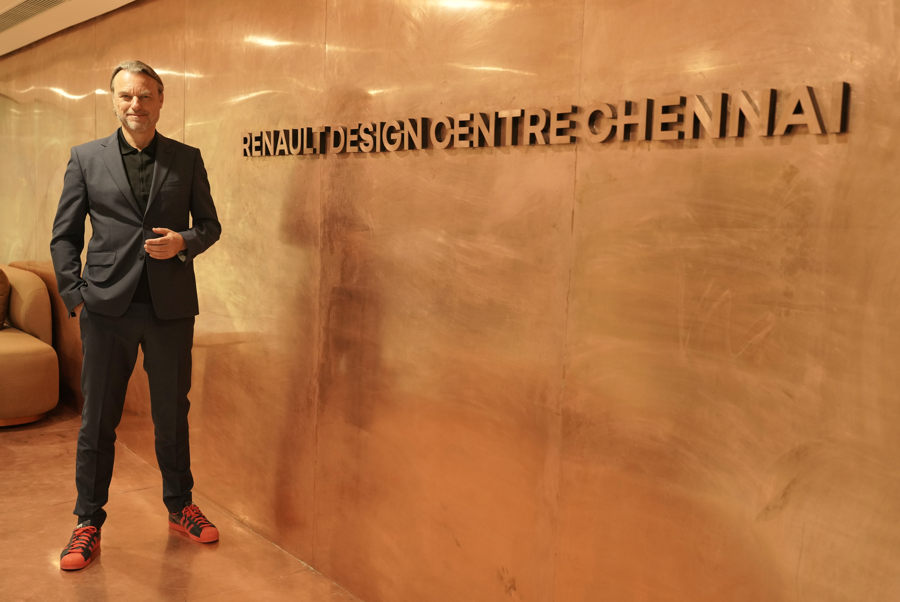 Laurens van den Acker
Laurens van den AckerMumbai: As Chief Design Officer of the Renault GroupLaurens Van den Acker knows only too well that the global automobile arena is in a completely different place today.
Today, it is the Chinese who are literally calling the shots in the electric vehicle space and setting new standards in design which have had the rest of the world flummoxed. Beyond this, customer tastes and preferences are also changing rapidly which means designers like van den Acker have to factor in these new realities.
“The world is changing very fast and there is an increased need for innovation because we are finding out — if we are looking at our competitors — that they are very advanced in terms of technology. This means design needs to mature from just doing the styling and making things beautiful,” he told ET Auto during a recent visit to India for the inauguration of the Renault Design Centre in Chennai.
We see, for instance, that the average age of a car buyer in Europe is 54 while it is 35 in China. I do not know what the average age in India is though it is definitely lowerLaurens van den Acker
Innovative ideas
While these still remained top priorities, van den Acker was quick to add that it was equally important for companies like Renault to become very innovative on their own while coming up with new concepts, ideas and experiences.
As he explained, carmakers were now switching from exterior/ interior design to offering a complete customer experience. “What happens when the car has a brain? What happens if the car becomes intelligent? What happens if the car starts to anticipate your needs? So for all this, this is a completely new design challenge,” said van den Acker.
This reality extends to countries like India too where there are a lot of UX UI (user experience, user interface) developers as well as software developers and coders. Hence, this is a good place “for us to connect to this community as well”.
Given these new trends, it has become absolutely imperative to look for new ideas, innovations, disciplines and skills as part of the effort to make the experience of a car even more exciting than ever. The age demographics of buyers is also completely diverse across the world which makes the task of design even more challenging.
Also Read: Renault launches new design centre in Chennai, its largest outside France
Young vs old buyers
“We see, for instance, that the average age of a car buyer in Europe is 54 while it is 35 in China. I do not know what the average age in India is though it is definitely lower,” said van den Acker. Given that two-thirds of the subcontinent is less than 30 years old, it will be logical to assume that a large chunk of contemporary car buyers in this part of the world are in the 25-35 age group.
From Renault’s point of view, this means that there is a different mindset and attitude towards the vehicle coupled with different expectations worldwide. “And like it or not, in Europe, we live in an ageing society, so we need to make sure that we do not lose our connection with the future,” reiterated van den Acker.
Also Read: Renault aims for more agility in India, reaffirms Nissan’s role
Right now, it is China that is constantly hitting the headlines thanks to the massive strides it has made in EVs where companies like BYD are literally surging ahead of the rest. While admitting that the Chinese car industry was formidable and akin to “facing an army”, this did not mean that everything was lost.
“On the contrary, it means we have to pick up our game and become better. We have to leverage our — how can I say — our assets which are diversity, inclusion and authenticity,” said van den Acker.
So in my view, it is the most sophisticated level of design. You find all aspects (of design) in the car and therefore it is exciting to be in there, even if it is scary once in a whileLaurens van den Acker
Renault icons
From the French carmaker’s point of view, its portfolio has icons like the Renault 4 and 5 as well as Twingo which represent brands that “speak to a lot to the hearts of people in Europe”. Likewise, it has had some head turners in India like the Duster and Kwid. “So we need to play these cards and give them (Chinese competition) something to fight for,” he continued.
The Renault design chief also agreed with the view of some industry experts that it would not make sense to go overboard on design with funky and radical concepts.
“Well yes, it depends. You do not do this with every car, but if you have a lineup of 10 vehicles, you can afford to take risks with one or two cars. To be really competitive in today’s market, your cars have to be really, really good. And they have to tick all the boxes and sometimes you need to make waves to get further,” he explained.
The hiring process across the automobile industry has also seen a huge change over the years with companies now seeking some unique skills in design. There are some who have also roped in youngsters from the gaming industry keeping in mind that new cars need to be an extension of people’s personalities and even double up as a comfortable living room on wheels.
Also Read: Renault’s new launches lift first quarter sales
Increased complexity
“Yes, we are seeing this trend too and you need people who know about screens, animations, gaming, sounds, motion and the like. The complexity has increased, but it has also become much more interesting,” said van den Acker.
He added that as far as he was concerned, car design was the “highest level of design” that one could achieve. “It is the closest to a human being. The car has a brain and a character. The car has a front face and eyes,” he elaborated.
As van den Acker put it, “We even describe the vehicle in terms of human assets. So in my view, it is the most sophisticated level of design. You find all aspects (of design) in the car and therefore it is exciting to be in there, even if it is scary once in a while.”
The electric era has him excited because the Renault team has been able to produce some vehicles that were not possible with combustion engines. For instance, even in R5, it was possible to do a small car with big wheels in the corners because an electronic architecture has a smaller engine.
Being more compact, “you can have bigger wheels” which can still turn and give a good turning radius. “It gives us certain things that we could only dream of a few years ago. So, like I said, it also gives us also some challenges. But, hey, that’s life, you know!” signed off van den Acker.




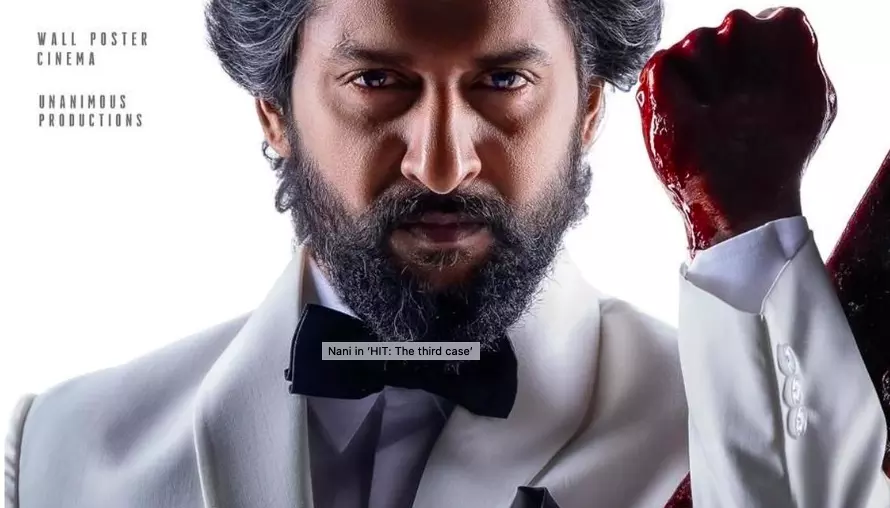





.jpg?w=700&c=0)



